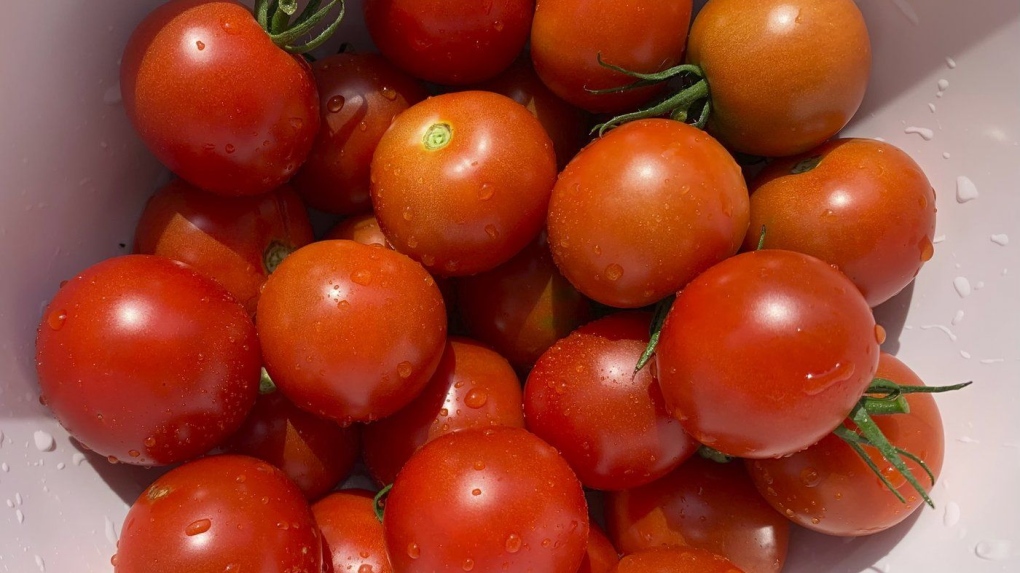Worried about your type 2 diabetes risk? You might want to look at the kinds of meat you are eating, according to a new study.
Regularly eating red and processed meats in particular is associated with a higher risk of type 2 diabetes, according to an analysis of data from 31 study cohorts published Tuesday in the journal The Lancet Diabetes & Endocrinology.
The study is the most comprehensive to date showing the link between processed meat and unprocessed red meat with type 2 diabetes, said senior study author Dr. Nita Forouhi, professor of population health and nutrition at the University of Cambridge in the United Kingdom, in an email.
Type 2 diabetes, a chronic condition that occurs when your blood sugar is regularly too high, is the most common type of diabetes, according to the National Institute of Diabetes and Digestive and Kidney Diseases. If not managed, type 2 diabetes can lead to problems including heart disease, stroke and kidney disease.
There are more questions about meat that need to be asked, such as the risk from poultry and the possible effects of different cooking methods, said Dr. Hilda Mulrooney, reader in nutrition and health at London Metropolitan University, in a news release. She was not involved in the study.
But the new research does line up with current nutritional guidelines that recommend lowering meat consumption, Mulrooney said.
A global look
The study was observational, so the researchers couldn’t conclude that the consumption of meat was the direct cause of the diabetes, Mulrooney said.
But the connection was strong, said Forouhi, noting “these findings were consistent across populations in different world regions and countries.”
 Steaks and other beef products are displayed for sale at a grocery store in McLean, Va. (J. Scott Applewhite/AP Photo)
Steaks and other beef products are displayed for sale at a grocery store in McLean, Va. (J. Scott Applewhite/AP Photo)
Researchers analyzed data from nearly two million people across 20 countries. The team also accounted for factors including “diet quality, physical activity, smoking, alcohol intake, energy intake and body mass index that could impact the results and that may otherwise exaggerate or mask the relationship of meat and type 2 diabetes,” Forouhi added.
However, the data did not allow researchers to account for other things that may contribute to type 2 diabetes, including family history, insulin resistance and waist circumference, according to Dr. Duane Mellor, dietitian and spokesperson for British Dietetic Association and honorary academic fellow at Aston University in the United Kingdom. He was not involved in the research.
Those factors are more strongly associated with risk of developing diabetes than the factors the researchers were able to account for, he added in a news release.
“It is possible that the increased risk associated with processed and red meat intake could be a result of these other confounding factors,” Mellor said.
More plants, less meat
Even with those limitations, the evidence in the new study and current dietary recommendations do make a strong case for cutting back on meat, Mulrooney said.
 Planting fruits, herbs and vegetables that are expensive to buy at the supermarket is a good way to cut your grocery bill. Cherry and grape tomato plants can produce thousands of fruit over the course of a growing season. (Jessica Damiano via AP)
Planting fruits, herbs and vegetables that are expensive to buy at the supermarket is a good way to cut your grocery bill. Cherry and grape tomato plants can produce thousands of fruit over the course of a growing season. (Jessica Damiano via AP)
“Meat consumption generally exceeds dietary guidance,” she said. “Current dietary guidance also recommends replacing red and processed meats with meats such as poultry, in addition to reducing overall meat consumption using alternatives such as peas, beans, lentils and tofu.”
Although there is not clear research yet into whether poultry consumption and type 2 diabetes risk are connected, the recent study showed that replacing red meat and processed meats with poultry did result in a lowered risk of developing type 2 diabetes, Mulrooney added.
“It is well known that generally the available processed meat such as ham, sausages, bacon, hot dogs, salami or pepperoni are highly processed, containing chemical additives as well as being high in salt, making them unhealthy for a wide range of health conditions,” Forouhi said.
There are many ways to cut down, including, “eating these meats less often, having smaller portions, or swapping them for alternative foods rich in proteins,” she added.
In addition to striving for a diet high in vegetables, fruits, nuts and beans, people concerned about diabetes should make sure to incorporate regular exercise, Mellor said.







